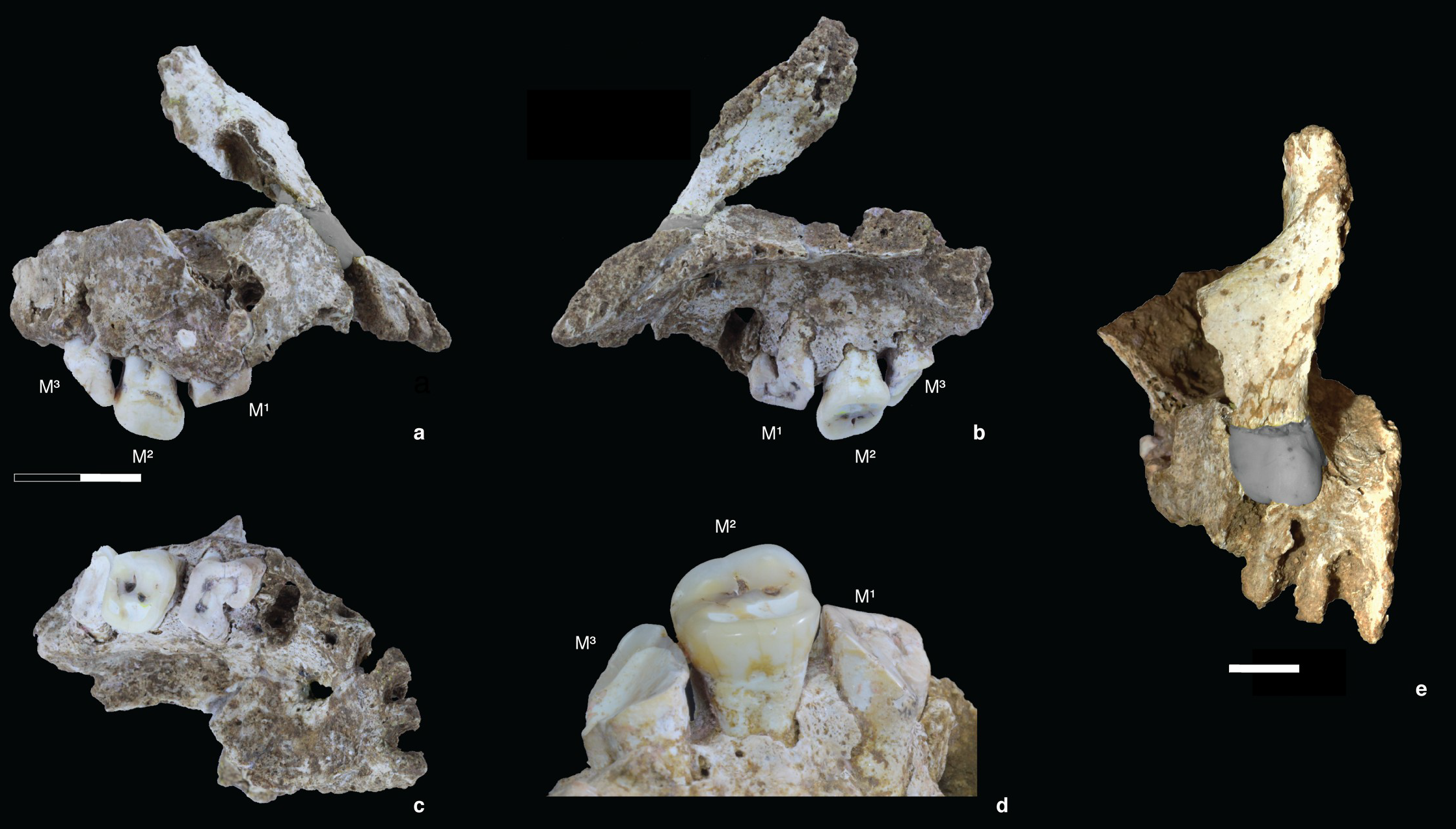Attachments
Note: Not all attachments are visible to the general public. Research URLs will go live after the embargo ends.

Research
PLOS, Web page
Please link to the article in online versions of your report (the URL will go live after the embargo ends).
Journal/
conference: PLOS ONE
conference: PLOS ONE
Research:Paper
Organisation/s:
Griffith University, The Australian National University, The University of Queensland
Funder:
The excavations at Leang Bulu Bettue are
funded by an Australian Research Council (ARC)
Future Fellowship awarded to A.B. (FT160100119),
along with financial support from Griffith
University. The ARC had no role in study design,
data analysis, decision to publish, or preparation of
the manuscript.



 Australia; QLD; ACT
Australia; QLD; ACT


